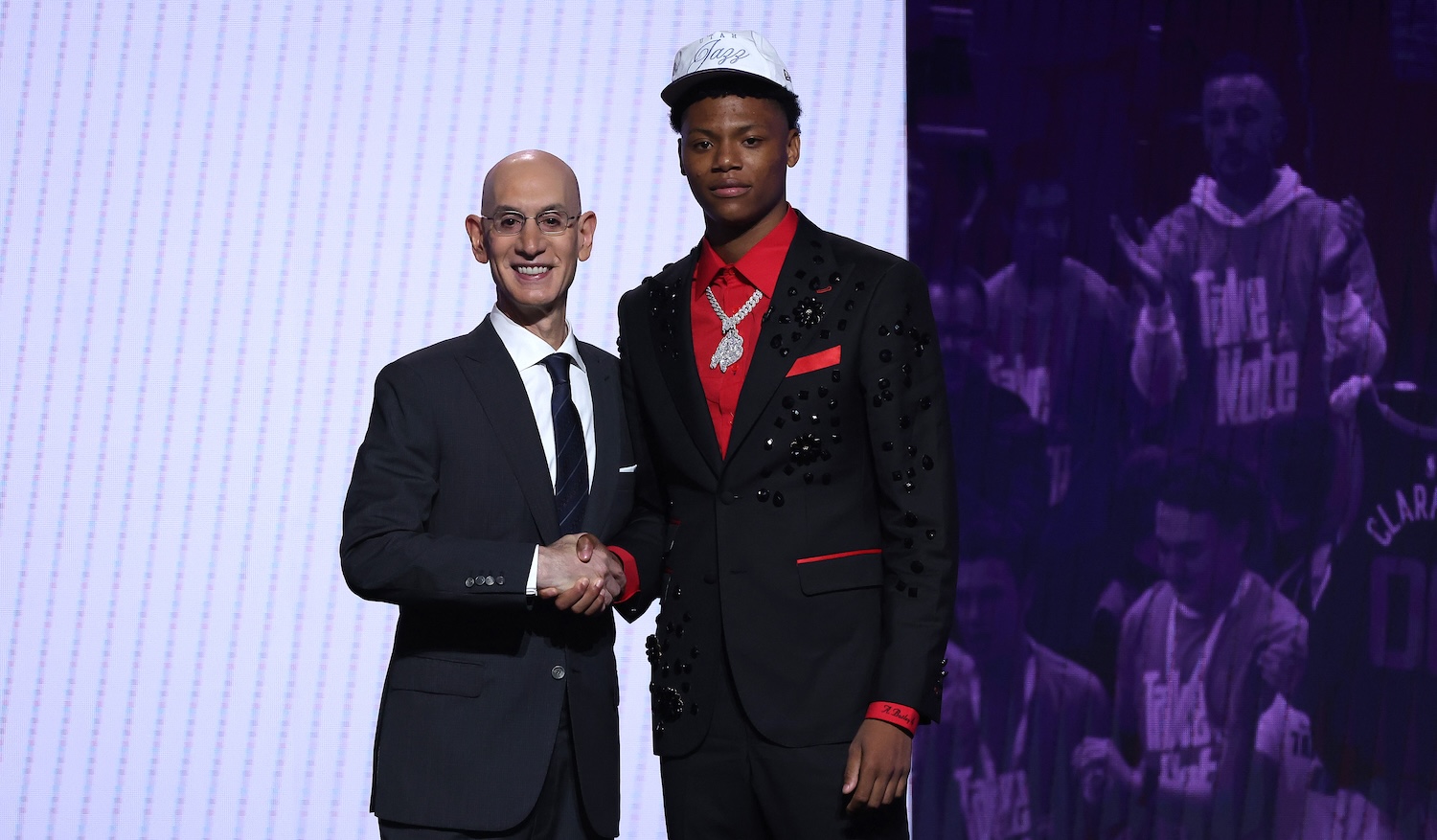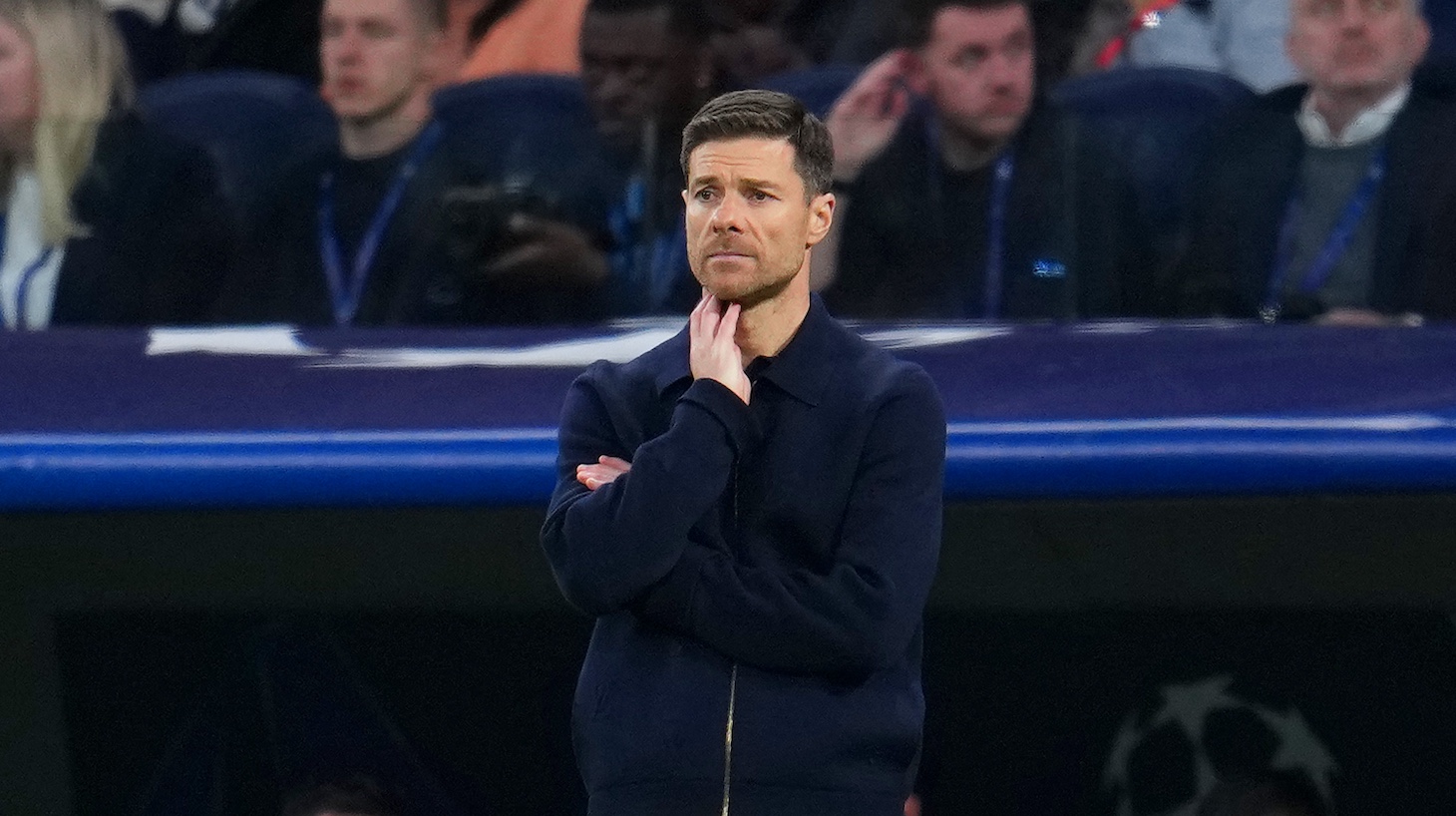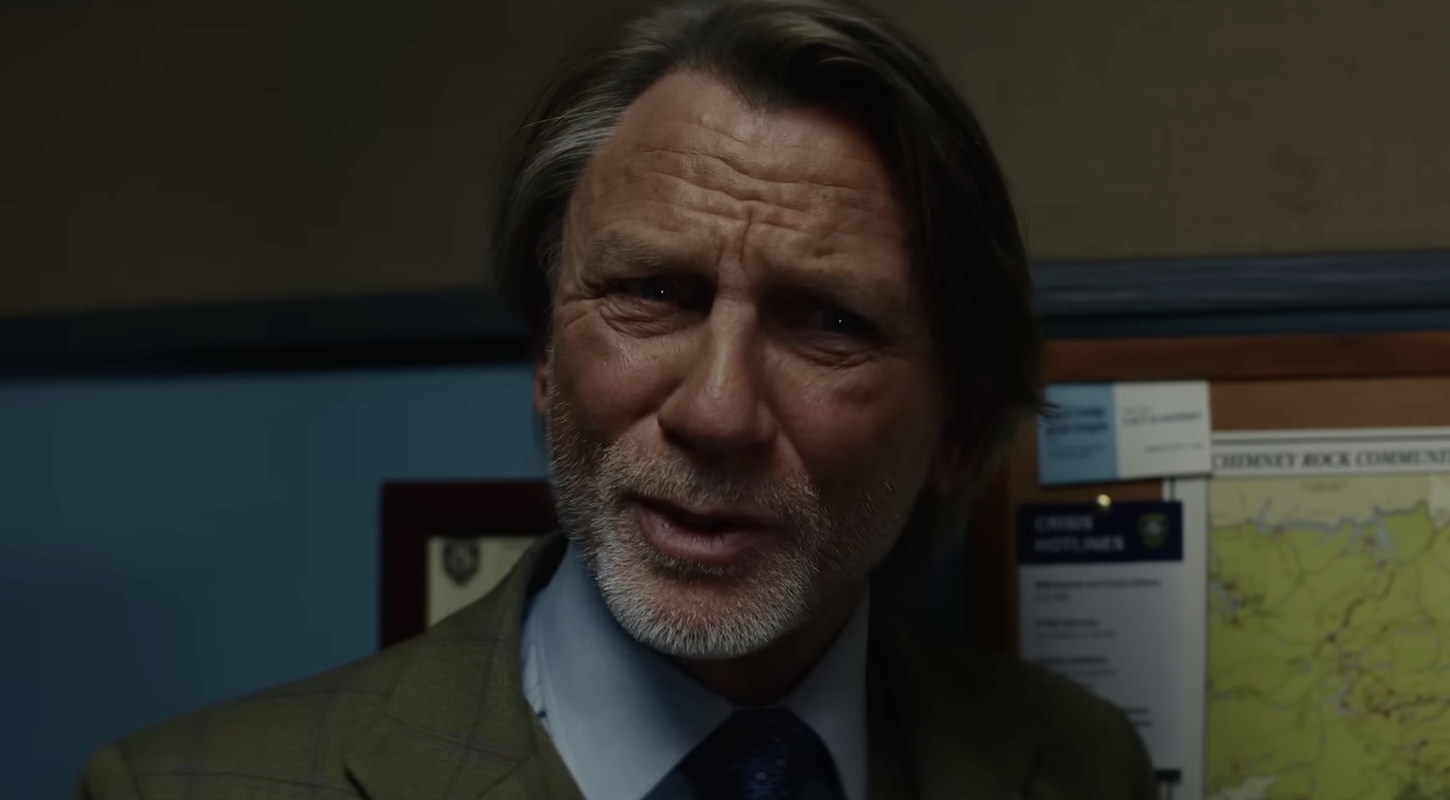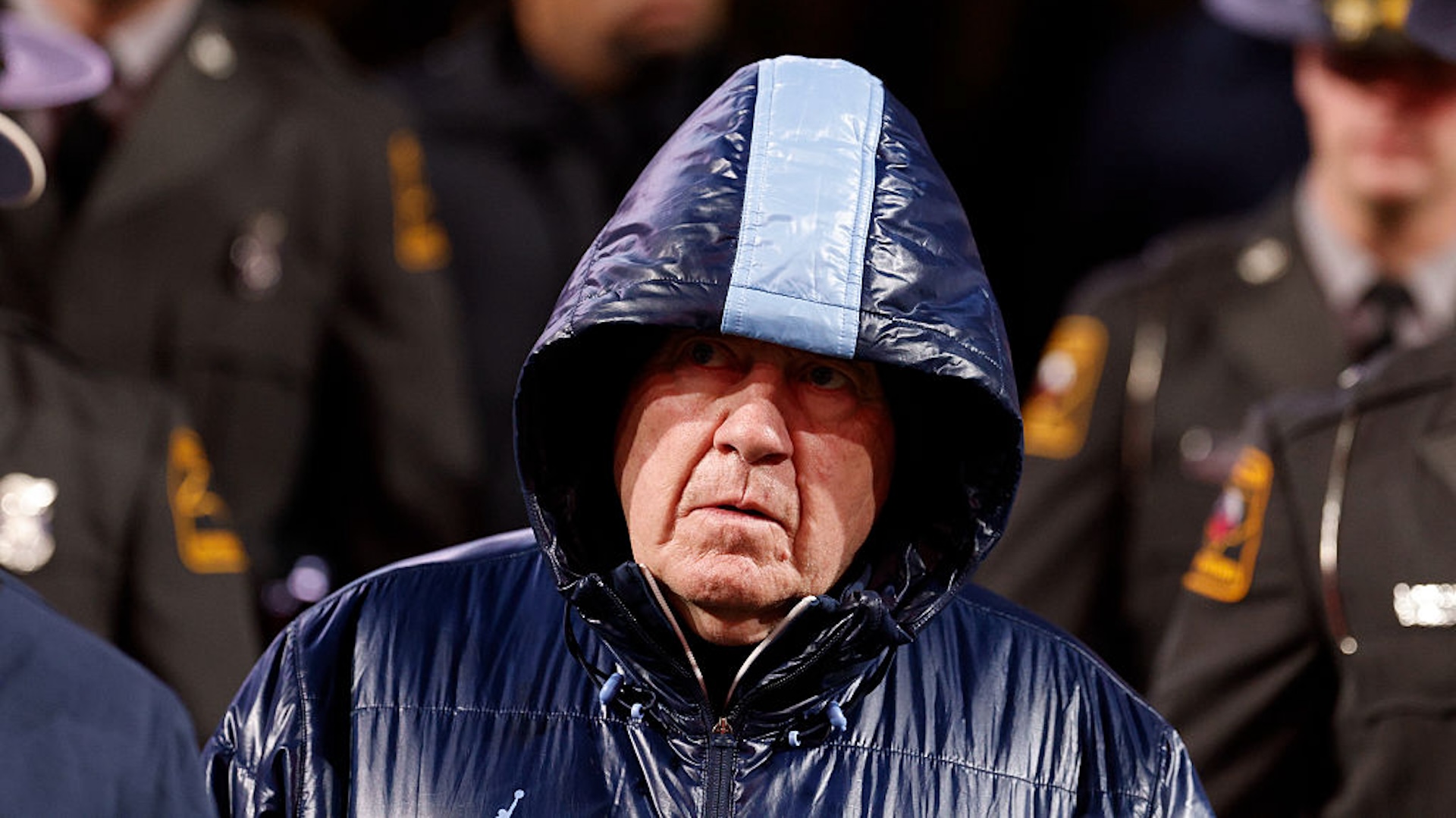The run-up to every NBA draft has a pleasant, familiar rhythm. Some prospects distinguish themselves in workouts, while some leap up or crash down draft boards after their wingspans and standing reaches are measured. People deploy some of the most fluorescent comparative language you will ever see. Every year, one or two mysterious prospects—Shaedon Sharpe a few years ago, Cedric Coward this year—will vault from the fringes into the lottery despite precious little tape. Mock drafts are never correct in their particulars, though the rough mosaic they form serves well enough as a guide and a baseline to measure all the surprises against. If you listen to what scouts and insiders say, there is always a pivot point early in the draft, a team with obscure intentions or a notably polarizing prospect who terrifies both the teams that pass on him and the team that ends up taking him in equal measure. This year, the hinge of the draft was the fifth pick, which the Utah Jazz used to select Ace Bailey out of Rutgers.
Bailey came into his lone season of college basketball with sky-high expectations. He was the second-ranked recruit in his class behind only Cooper Flagg, and it was pretty obvious why: He's a spindly, athletic, 6-foot-8, possessed of rare shooting and shot-creation abilities for someone that big and athletic. No player in college could stop him from getting to his spots and pulling up. Bailey made his defenders look like so many flailing nephews as he confidently dribbled through traffic, bumped his way into an inch of space, and pulled up with one of the sweetest gathers you'll ever see in an 18-year-old player. He was also a pretty nasty rebounder, which tends to be one of the more translatable NBA skills, and he also showed some real flashes as a defensive playmaker. If you squinted, you could see the outline of a multi-time all-star.
The problem is, you definitely had to squint. Bailey's flaws were as obvious as his strengths. It's a positive sign when a prospect can knock down the most difficult shots through defensive pressure, but ideally you would like them to take some other kinds of shots. Bailey pretty much only took contested midrange jumpers. He didn't get to or finish at the rim much, a conjunctive failure of his poor handle and worse decision-making. You have to price in just how awful his non–Dylan Harper Rutgers teammates were, though it matters way less for Harper than for Bailey, whose role necessarily has to be that of a lead offensive creator and scorer.
That typecasting is reinforced by Bailey's total lack of interest or ability in passing the basketball. He was an absolute black hole on offense; if I were playing pickup against him, I would start screaming at my teammates to box out the second he touched the ball. Our basketball observers kept close track of his assists throughout the season, and though he managed to nudge his average above one per contest, he was sitting on 16 total assists through his first 19 games.
The uncomfortable picture that took shape was of a talented player who wasn't good enough at the hardest stuff to be a primary offensive engine and wasn't savvy enough at the connective stuff to be anything else. That's terrifying for NBA GMs and magnetizing for me. I love a sharp-edged prospect like Bailey.
His weird game was only matched by the weird way he and his representation managed the pre-draft process. He was clearly not going to get past the Brooklyn Nets at eight, but Bailey refused to work out for any teams in his 3-8 range. The Philadelphia 76ers had a workout scheduled with him last Friday, but he canceled at the last minute. His agent Omar Cooper, who does not represent any other NBA players, was clearly trying to steer him in a very particular direction.
Per reports, Bailey wanted to go to an East Coast team between Atlanta and New York, and it had to be somewhere where he could be guaranteed latitude to take a million of his beloved bad shots. That meant Washington at six, New Orleans (a destination stretching the limits of Bailey's longitudinal preferences) at seven, or Brooklyn at eight. It was also a warning to Charlotte (too many other guys who want to take the exact same dumb kinds of shots) at four and Utah (Utah) at five. It didn't work.
The Jazz have the most barren roster in the NBA, with zero blue-chip prospects despite a bunch of bad seasons in a row. There will be shots galore for Bailey to take, and no pressure for any of them to lead to wins. In basketball if not geographic terms, Utah is exactly what Bailey wanted. Will Hardy is a great coach, and while Keyonte George and Collin Sexton also love to shoot the basketball, they've basically met their ceilings. The Jazz have a new owner who says the right things about team-building.
Unfortunately, this great basketball situation is in Utah. Several black players in the past few years have described bad experiences with racist Jazz fans, and that is probably one of the main reasons Bailey did not want to end up there. This is the cruelty of the draft: less the Utah thing specifically, and more the fact that no player can really control who drafts them. Any lottery pick who hits and wants to max out their earning potential can only do so in the city that drafted them—for the first seven years of their career.
I am rooting for Bailey. I find him a totally magnetic player and personality, and the idiosyncrasies of his game are especially intriguing given that the evolution of pro basketball is moving in the complete opposite direction. Does he have the skills and desire to mold his game to the modern context, becoming a quick decision machine with the athleticism and skill to dominate? Or will he be so good at the throwback stuff that it doesn't matter? I can't wait to find out.







